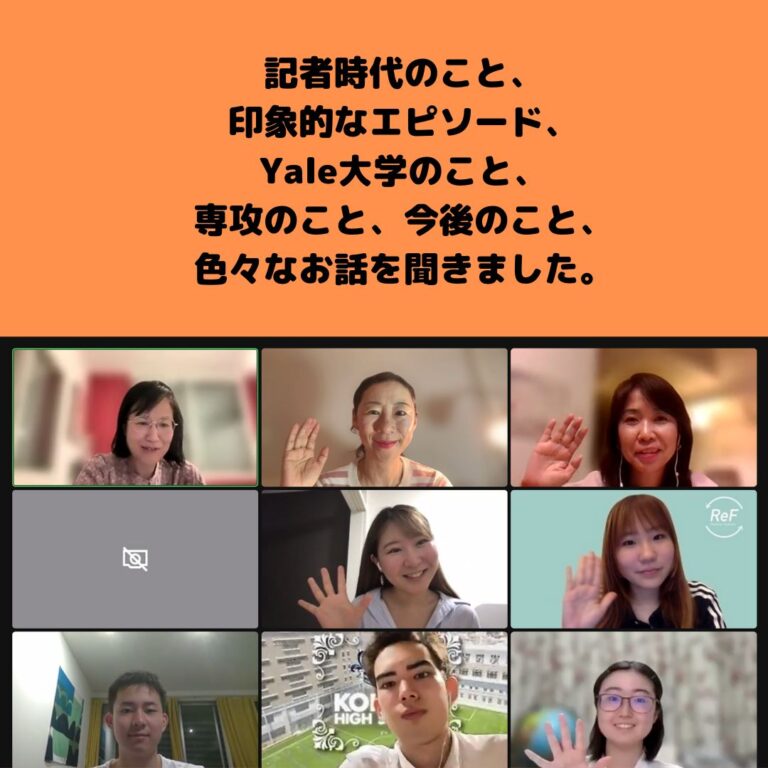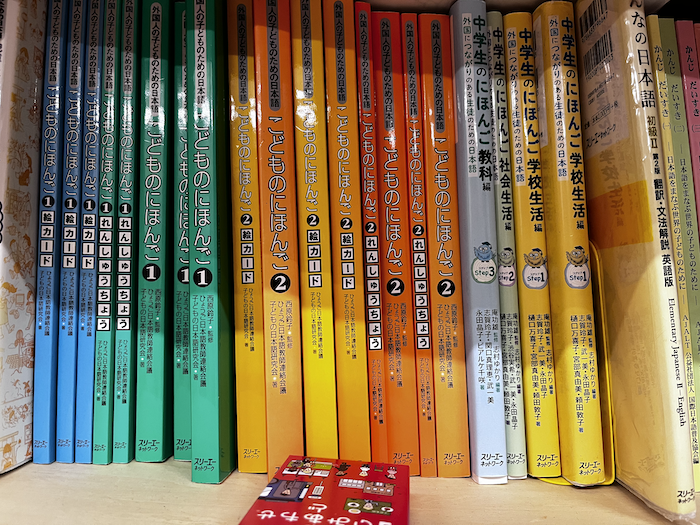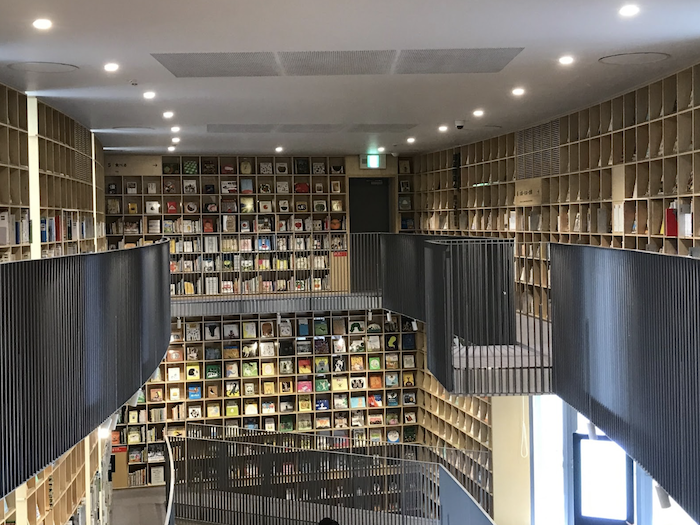Reporter: Haruka Inami (10)
On September 5, 2023,the reporter had an online interview and asked Professor Kazuma Yoshimura of the Manga Faculty at Kyoto Seika University about the characteristic differences in the drawing styles in Japan between the way 少年漫画(shonen manga =manga for boys) and 少女漫画(shoujo manga=for girls) .
When I read comics in my school library, some sentences make me annoyed. These sentences use rude words, underestimating the character of a typical gender. For example, people might say things like, “I can’t lose to a girl,” or “You’re a girl, so you can’t possibly do that.” According to Professor Kazuma Yoshimura of the Manga Faculty at Kyoto Seika University, there is certainly gender bias in comics, and the way things are perceived can differ depending on the person whether one mainly reads boys’ comics or girls’ comics during their childhood.
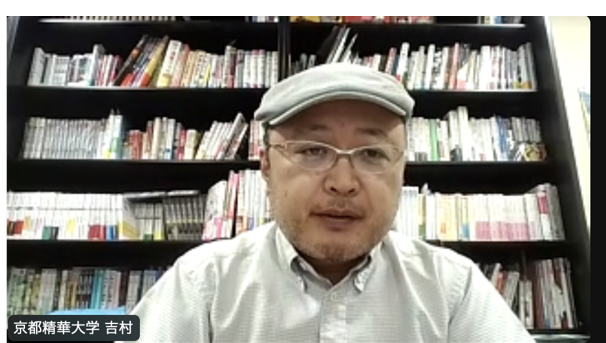
Gender bias is to have a stereotype connected to gender equality or gender problems without realizing it. For example, stereotypes such as boys should be strong and girls all like pink are some types of gender biases. Gender bias can be seen anywhere, especially in Japanese comics or anime. If Japanese children, or any other child read these comics or anime, they will be influenced to think that these kinds of stereotypes are normal.
Here are two aspects of comics that may influence to childrens’ perception biased. First, some comic characters have only one girl, and all the rest are boys. These kinds of plots in comics can be frequently seen in some Japanese comics. For example, Doraemon has only one girl that is shown frequently in the story. The only other female characters are all mothers of characters, and they are also not shown frequently in the stories. This is where gender bias comes in. There’s a big difference in the population of males and females. If children consume this information as normal, they would actually think that women should have a lower population or fewer opportunities to shine in the spotlight, which makes them think that men are the heroes and that it should be like this in the real world too. This is actually happening in Japan and in many other countries around the globe too.
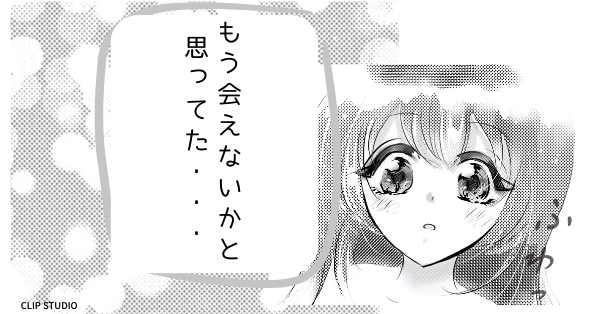
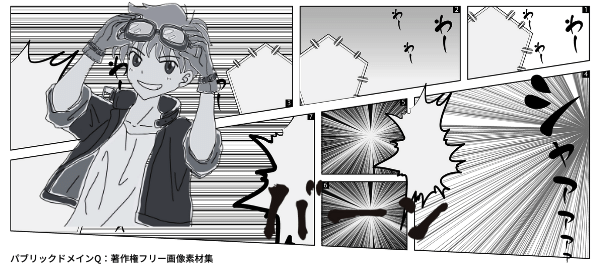
Second, there’s a big difference between boy comics and girl comics. Japanese boy comics often use lots of onomatopoeia*. For example, they use sounds like “Crash!”, “Pow!” , and “Smash!” Girl comics, however, do not use much onomatopoeia, but if they do, they use light or soft words. For example, “Fluff..”, “Whisper…”, and other such words. It also has a difference in how the author divides each picture. In boy comics, most of a page is covered with white lines that divide the pictures. However, in girl comics, each picture is very big, and the white lines cannot be seen much. In addition, the female characters that are seen in the girl comics have giant eyes that are looking at the reader and not much at the other characters inside the comic. In the boy comics, however, the male characters have smaller eyes compared to the ones in the girl comics and are looking mostly inside the story. Gender bias is connected to this and makes the readers think that the female characters will have a sad ending or life.
Gender bias can be seen a lot in many Japanese comics. Many children reading comics from a young age input the biases into their brains as normal, making them have a stereotype. In the future, I would like to pay attention to the fact that animations may include gender biases when reading them and would like to open to different kinds of opinions from lots of people on how they understand.
Reporter’s Note:
Listening to Professor Yoshimura’s talk was truly enlightening. I realized that we are unknowingly influenced while reading manga. I encourage everyone to pay close attention to the pages and the dialogues of the characters when reading comics. You might notice things you didn’t before. Professor Yoshimura, thank you for your time during the interview.
Meet the reporter:
These days, I’m into a comic called, “Chiikawa”. The characters are very cute and small, and the plot twists were surprisingly exciting. The first time I saw Chiikawa, I thought it was just a boring and peaceful daily life comic, but it turns out that it actually includes dangerous adventures. I also love a song called “Show”, made by Ado, a J-pop singer. I like to dance to the music. Nice to meet you and thank you for reading my article.

